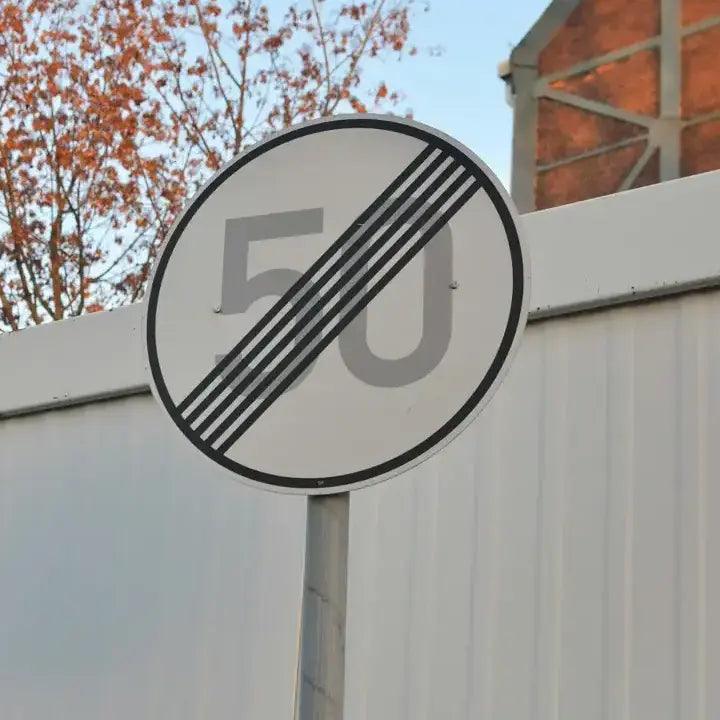
SPF 30 or 50? What do those numbers mean?
- 30 or 50? Decoding the SPF Number
- SPF: How it Influences Sunscreen Texture
- Conclusion: Embracing Sun-Safety Habits Beyond SPF
The SPF Dilemma: Navigating the Sunscreen Spectrum
Have you ever wondered whether a high SPF sunscreen provides better skin protection than its lower SPF counterparts? As a global skincare expert, Brynn is here to untangle the complexity for you. Understanding the sun's ultraviolet (UV) radiation and its effects on the skin is crucial to becoming a sun protection aficionado.
Firstly, let's delve into the invisible realm of ultraviolet light. UV radiation consists of two damaging rays – UVB, responsible for sunburn and skin cancer development, and UVA, causing tanning, skin aging, and wrinkles. When choosing a sunscreen, keep an eye out for the term "broad spectrum" to ensure protection against both UVB and UVA rays.
Decoding the SPF Number
Ever wondered what the SPF number on your sunscreen means? It indicates the time it takes for the sun's UV radiation to redden your skin compared to not using any sunscreen. For instance, SPF 30 implies it would take 30 times longer to burn than if you went without sunscreen.
While higher SPF sunscreens theoretically offer more protection under ideal conditions, real life introduces complications. High SPF values might instil a false sense of security, leading individuals to prolong sun exposure without reapplication. This can result in increased UV damage, negating the intended protection.
SPF: How it Influences Sunscreen Texture
As the SPF of sunscreens increases, there tends to be a noticeable shift in formulation and texture. However, modern innovations have broken the mold, and products like Brynn’s Glow Guardian, Daily Hydro Sun Drops SPF 50 defy expectations. Designed to be as light as a serum, it challenges the traditional perception associated with higher SPF values. This advanced formulation combines the robust sun protection of SPF 50 with a lightweight texture, offering a comfortable and weightless feel on the skin for everyday use.
Conclusion: Embracing Sun-Safety Habits Beyond SPF
In conclusion, the quest for optimal sun protection involves a nuanced approach. Understanding the nuances of UV radiation, decoding SPF numbers, and adopting a comprehensive strategy will empower you to make informed choices for your skin's well-being. Beyond relying solely on high-SPF sunscreens, cultivate sun-safety habits. Whether it's a sunny day, rainy afternoon, or snowy morning, consistent sunscreen application should be complemented with seeking shade, covering up, and accessorising for a holistic defence against the sun's rays.










